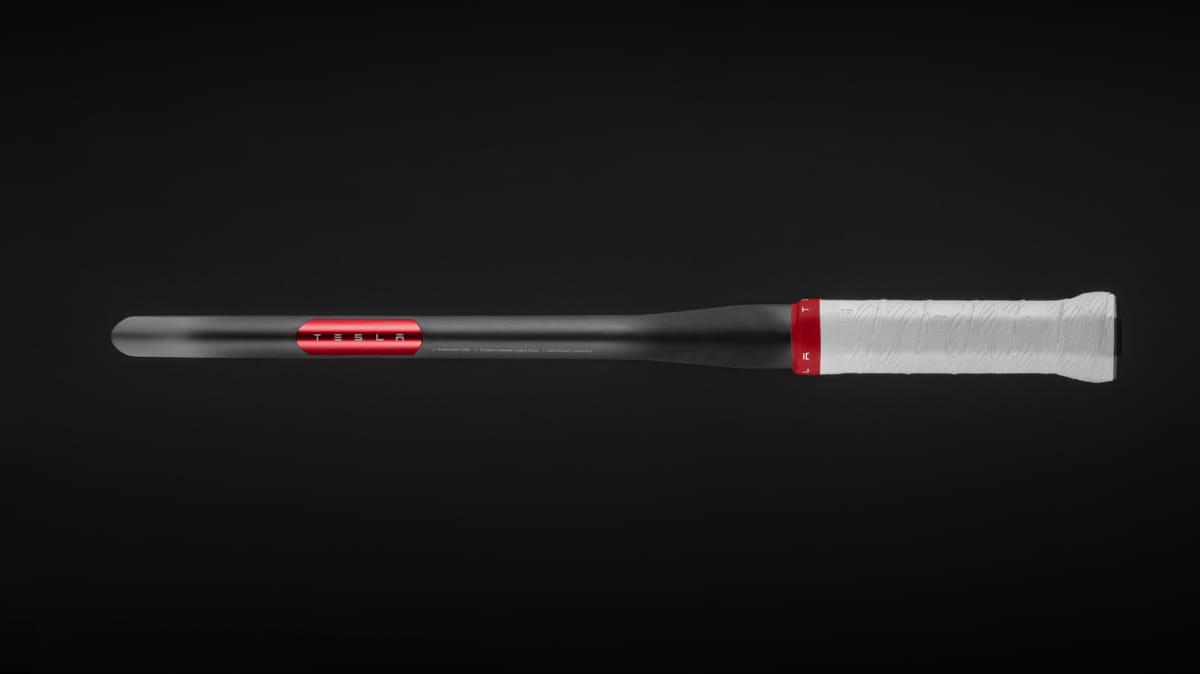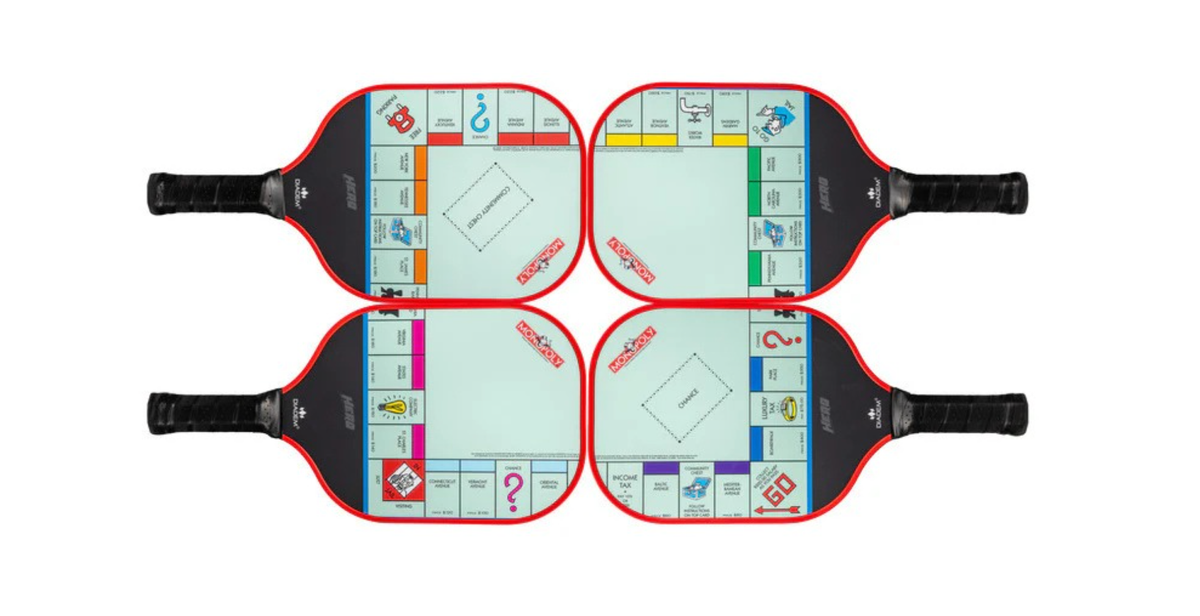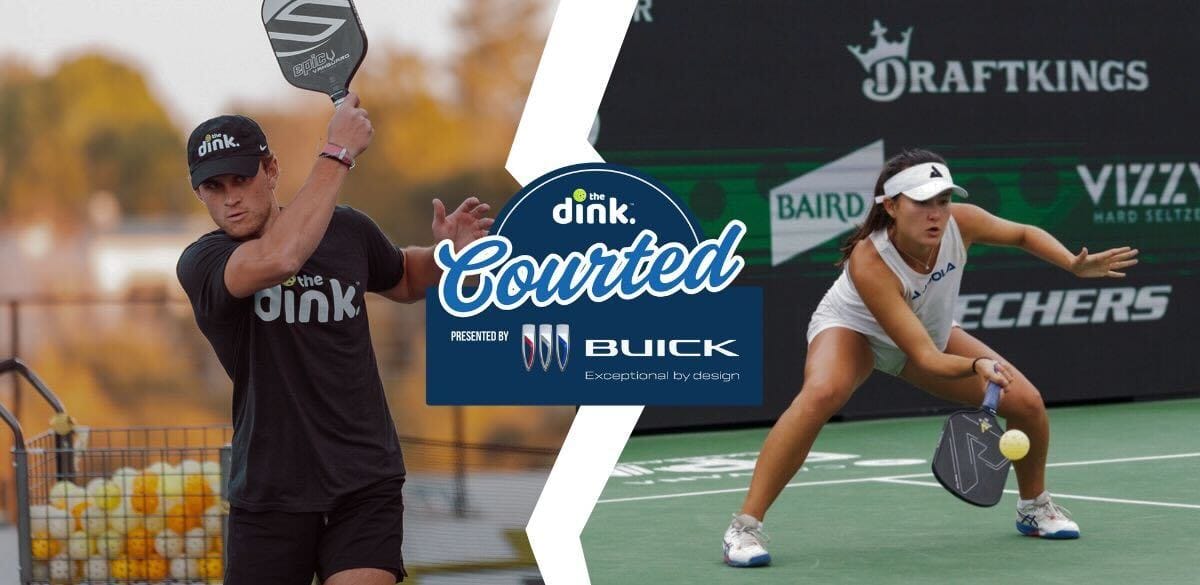
Hey guys, it’s Kip. I’ve got a brand-new paddle to show you—I’m very excited about this one. It’s the new Rhombus Ripple R114. I’ve been hearing about it for quite a while now and knew it might be a game-changer. Rhombus is trying something totally different with this paddle, and we’re going to see how it works. Let me go through some of the components.
Paddle Measurements and Initial Impressions
First, let’s cover the measurements: 16 1/2 inches by 7 1/2 inches, with a 5 1/2-inch grip and a 4 1/4-inch circumference. I’m holding up the Pulsar paddle here because a lot of the components are the same, except for one major difference. The Pulsar had a carbon fiber grid underneath a raw Toray T700 textured carbon fiber surface. Those same components are in the new Ripple, but the big difference is the core.
Core Design: What Makes It Unique?
This paddle has a 14mm EVA foam core. Combined with the carbon fiber grid and the T700 carbon fiber textured surface, it should provide stability, control, and long dwell time.
WIN THE PADDLE OF YOUR DREAMS!
Sign up now for a chance to win any paddle of your choice currently in stock at JustPaddles. Plus, receive expert tips from pro players and exclusive content delivered straight to your inbox.

Examining the Core
Let’s take a closer look at the core. This is not a honeycomb or polycore; it’s a foam core with gaps, almost like the Gearbox paddles’ matrix, but with larger openings. The gaps in this foam are 20mm wide by 200mm long along the edge and approximately 160-165mm elsewhere, with four gaps in total (Figure 1). This decreases the weight and might provide structural reinforcement, although there’s limited information available on this core since it’s a patent-pending design.


Rhombus is trying to patent this design, and it’s either going to be a significant step forward, never seen again, or fall somewhere in between. I’m excited to get out on the court and see how this new core feels (testing below). The name “Ripple” comes from the wave-like effect that the core creates, allowing for indentations in the paddle face. I’m ready to test it out and see if it lives up to the hype.
Testing on the Court
This paddle really fires the ball out. You have to use some topspin to keep it on target. The feel is reminiscent of paddles like the Joola and Gearbox, and it definitely takes some getting used to because it has a bit of pop.
Noise and Spin Performance
The paddle makes quite a bit of noise, which might not be ideal in some settings. When I spin the ball, the paddle produces impressive topspin even without much effort. It’s like it wants to spin regardless. I’d compare the experience to using the Gearbox Pro Ultimate, with similar control and spin capabilities.
A Few Weeks In: Pros and Cons
After a few weeks with the Rhombus Ripple, I can say that it’s a fascinating paddle. It’s different and takes time to dial in, but once you do, you’ll appreciate the attributes it brings to the table. Starting with power, I found my average serve speed to be around 48-51.6 mph without having to hit hard. It’s slightly less powerful than paddles like the Gearbox Pro Ultimate or Joola TA15, but that’s not necessarily a bad thing because it avoids the unpredictability of frequent “flyers.”
Accuracy, Control, and Consistency
When it comes to accuracy, control, and consistency, you need time with this paddle to make it work. It’s not a “first-time” paddle where you pick it up and immediately perform well. However, with practice, the dwell time and large sweet spot make a noticeable difference. The core technology is unique, allowing for a seamless transition from defense to offense.

Concerns About Durability and Cost
There are some drawbacks, though. I’m concerned about the durability, especially because you can see the ridges in the foam. We know that polypropylene cores degrade over time, so it remains to be seen how this foam core will hold up. Another downside is the cost; $250 due to the technology involved, but the Rhombus Ripple R114 is on sale for $200. Additionally, the loud noise when striking the ball might be off-putting for some players.
Final Thoughts
After playing for about five hours, I finally got comfortable with the paddle. It doesn’t have the solid, dependable feel of a second-generation thermoformed paddle, but it offers its own unique advantages. It’s a bit softer, and the loud sound might be a deal-breaker for players in noise-sensitive areas.
If you’re interested in trying the Rhombus Ripple, be prepared to spend some time getting used to it. It’s not a bad paddle—just different. It’s an exciting new design that could potentially change the landscape of paddle technology. I’m curious to see where Rhombus takes this next, and I’d love to hear your thoughts if you’ve tried it.
Anuncie Aqui / Advertise Here
Sua marca para o mundo Pickleball! / Your brand for the Pickleball world!

 English
English  Spanish
Spanish  Portuguese
Portuguese  German
German  Italian
Italian  Japanese
Japanese  French
French  Polish
Polish  Russian
Russian  Netherlands
Netherlands  Hungarian
Hungarian  Turkish
Turkish  Videos
Videos  Pickleball Portal
Pickleball Portal









 English (US) ·
English (US) ·  Portuguese (BR) ·
Portuguese (BR) ·